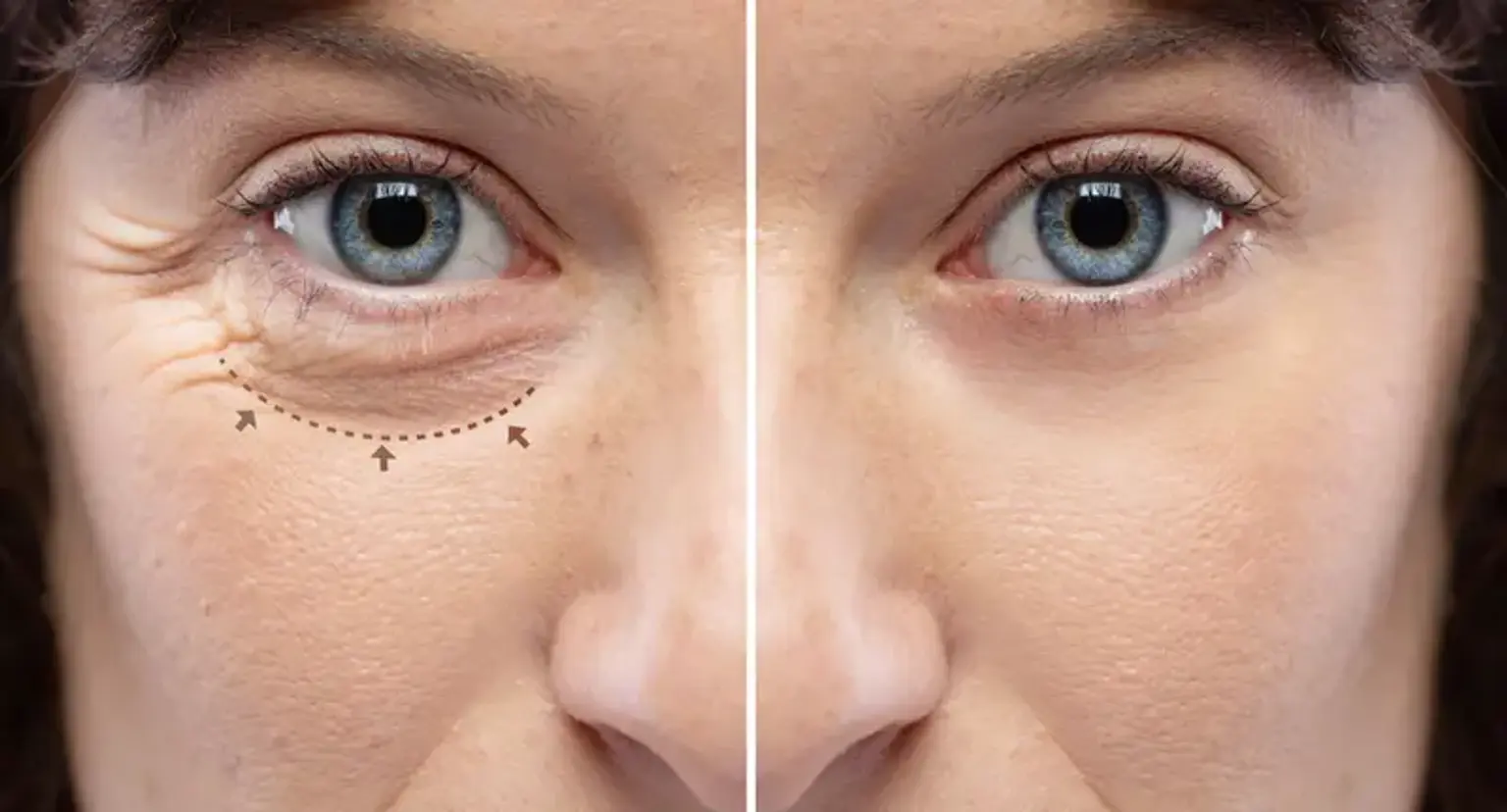Introduction
Bling Eye Surgery is quickly gaining popularity as a transformative aesthetic procedure, providing individuals with the opportunity to rejuvenate their eyes and enhance their facial appearance. This specialized form of blepharoplasty (eyelid surgery) offers a solution for those seeking to remove excess skin, fat, and muscle around the eyes, resulting in a refreshed, youthful look. As people increasingly turn to surgical interventions to combat the effects of aging and to meet their beauty standards, Bling Eye Surgery stands out for its ability to deliver dramatic results.
But what exactly is Bling Eye Surgery, and why is it becoming a global trend? In this article, we will explore the details of this procedure, its growing popularity, and how it can rejuvenate the eyes, enhancing both appearance and confidence.
What is Bling Eye Surgery?
Bling Eye Surgery is a cosmetic eyelid procedure that focuses on enhancing the eyes by targeting excess skin, fat, and muscle around the eyelids. While it is often associated with blepharoplasty, a more traditional term for eyelid surgery, Bling Eye Surgery emphasizes a more dramatic, aesthetically pleasing result—often inspired by the desire for larger, more open eyes. This trend is particularly noticeable in certain cultural contexts, where larger eyes are associated with youth and beauty.
The procedure can be performed on both the upper and lower eyelids. Upper eyelid surgery typically involves removing excess skin that may be obstructing vision or creating a "heavy" appearance. Lower eyelid surgery targets the undereye area, which can develop bags or sagging due to the aging process. By removing or redistributing fat, Bling Eye Surgery can rejuvenate the eye area, making the eyes appear more vibrant and youthful.
Difference Between Standard Blepharoplasty and Bling Eye Surgery:
Bling Eye Surgery often involves a more pronounced change in the eye shape, with a focus on opening up the eyes and accentuating their natural beauty. This may include creating a more almond-shaped eye or even achieving a slight "cat-eye" look.
Traditional Blepharoplasty is more focused on functional correction, such as improving vision or alleviating discomfort caused by excess skin around the eyes.
